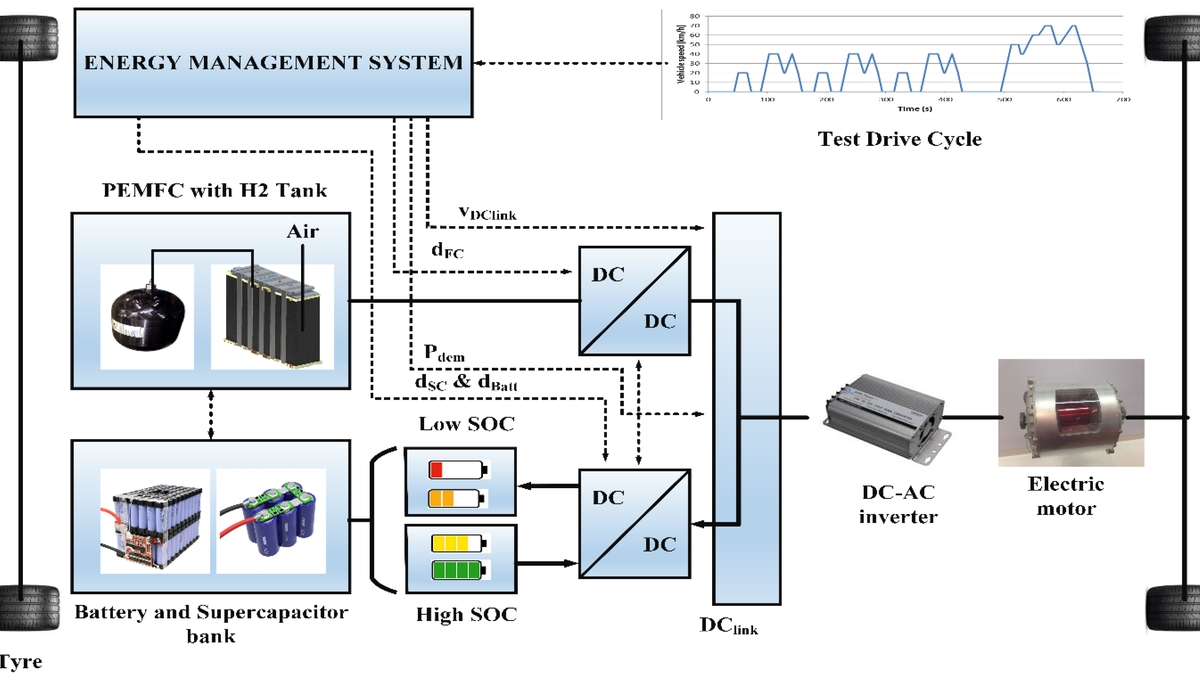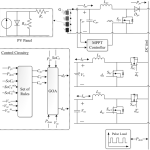Understanding the Energy Management Challenge
Energy harvesting from the sun, the most abundant source of clean energy, presents several challenges. One of these is integrating photovoltaic (PV) energy with high-energy-density batteries and high-power-density ultracapacitors (UCs). This complex process requires a sophisticated energy management scheme (EMS) to ensure optimal power sharing between the different components of the system. The objective is to maximize the use of PV power, while minimizing power surges and oscillations, which can negatively impact the system’s performance and lifespan.
Emergence of the Rule-Based Grasshopper Optimization Algorithm
Addressing this challenge, researchers have proposed an innovative approach based on a rule-based grasshopper optimization algorithm (RB-GOA). This technique aims to optimize real-time power sharing between the PV system, battery bank (BB), and UCs. Furthermore, it promises to develop an optimized maximum power point tracking (MPPT) scheme that can effectively operate under partial shading conditions, a common issue with solar power systems.
Superior Performance of the Proposed EMS
In a comparative study, this novel technique demonstrated remarkable superiority over other swarm intelligence techniques (SITs). The RB-GOA-based EMS was found to be more effective in reducing power surges and mitigating oscillations. Additionally, it improved the speed of MPPT, maximizing the usage of PV energy. These findings indicate a promising direction for improving the efficiency and reliability of solar-powered systems.
Case Study: Hybrid Energy System for Inchaban Headworks
In a separate study, an integrated model of HOMER and MCDM designed a hybrid energy system (HES) for Inchaban Headworks. The model evaluated six HES alternatives against thirty criteria, selecting the optimal HES using CRITIC, MOORA, and PROMETHEE II. The results highlighted a solar PV/diesel generator/battery bank configuration as the most promising for Inchaban Headworks. This research offers valuable insights for designing efficient HESs, contributing to the achievement of sustainable development goals 6, 7, and 13.
Concluding Remarks
The integration of renewable energy sources with energy storage systems is a crucial step towards a sustainable future. The proposed RB-GOA-based EMS for solar-powered BB-UC hybrid systems represents a significant contribution to the field of PV energy and energy management. By optimizing power sharing and improving MPPT speed, this technique promises to enhance the performance of solar-powered systems. This, in turn, supports the wider adoption of renewable energy and contributes to global sustainability efforts. The future of energy management looks brighter with such innovative solutions on the horizon.
This post was originally published on 3rd party site mentioned in the title of this site





